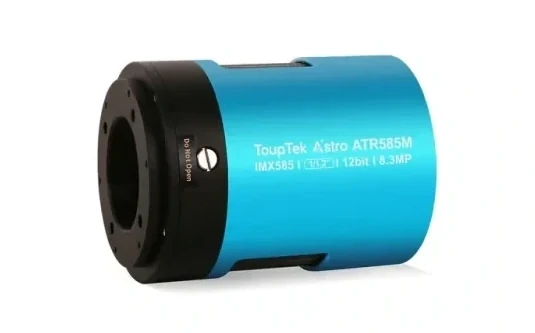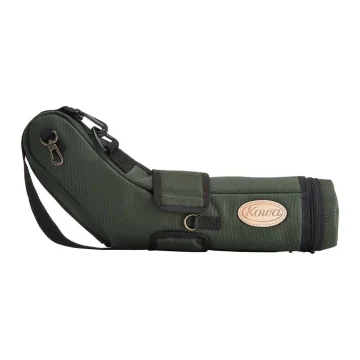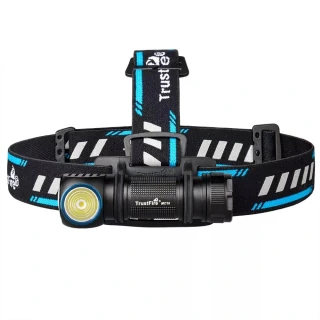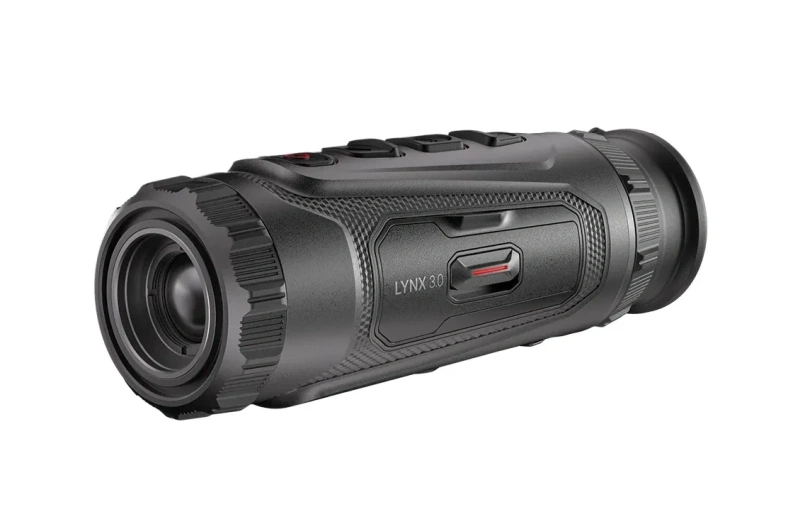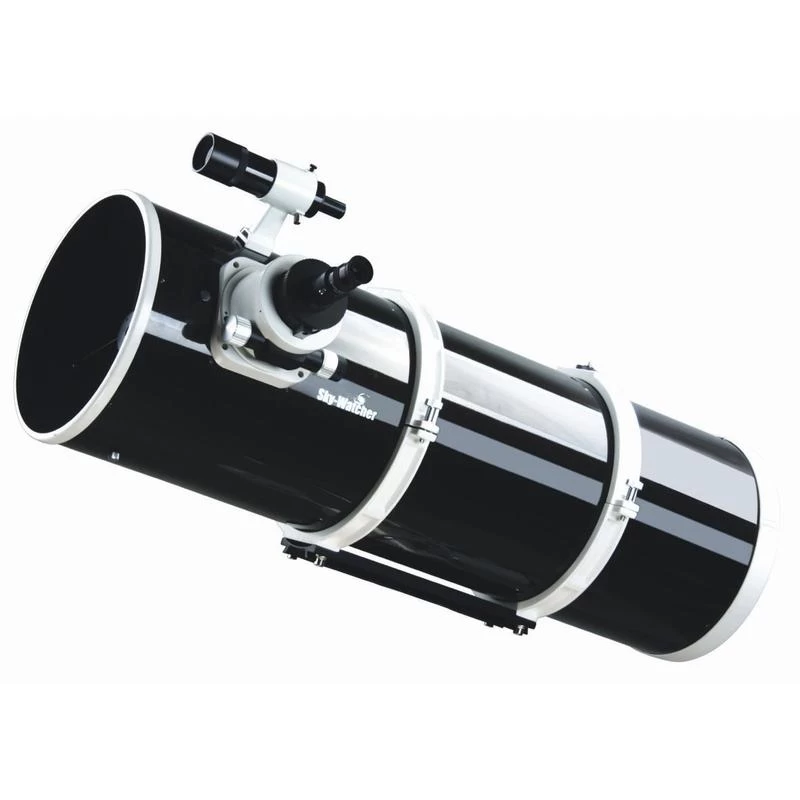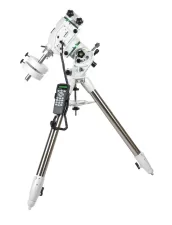The SkyWatcher Quattro 300/1200 Newtonian is, as its name suggests, primarily a exceptional astrophotographic instrument.
With a diameter of 300 millimetres, it is well past the size limit where it "opens up the sky", meaning that fainter deep-sky objects can be detected. This F/4, bright Newtonian put the astronomer in complete control - a powerful, rugged, excellent imaging instrument with outstanding value for money.
The telescope makes excellent use of the long exposure times required for deep-sky photography - it produces better and more beautiful results than its smaller-diameter or less bright counterparts. Its shorter focal length, which also means a shorter tube, makes it easier to carry and it sits more securely on the mechanics, which is no small consideration for astrophotography work requiring high precision.
Also a quality instrument for free-angle observation
Similarly, the 300 "photo" Newton performs excellently in the case of free-angle observation . It reveals the deep-sky objects that can be seen in superb quality. Its high quality machined (minimum diffraction-limited) optics, which achieve high magnification, are also recommended for objects requiring higher contrast. This makes the Newton an excellent instrument for observing, for example, the surface details of the Moon or for studying fine details in the ring systems of Mars, Jupiter or Saturn.
Features
The tube is equipped with a 2" LinearPower coil which is a more powerful, improved version of the Crayfords. The focuser is very smooth action, the 1:10 ratio microfocus is also a given by nature. It has the added advantage of being stronger than most Crayford grips, more loadable, and greater durability even when using heavy cameras. Standard equipment, in addition to the gimbal, is a pair of tube rings and a prism rail.
The telescope weighs almost 22 kilograms including the tube rings and prism rail. To ensure maximum stability,at a minimum, we recommend an EQ6 Pro or above mechanics under this excellent instrument. Indeed, at the magnifications it can achieve, the slightest vibration or movement can ruin both photographic work and visual observation. For photography, we also recommend the use of a coma corrector designed for F/4 systems to ensure wall-to-wall point-to-point imaging.





